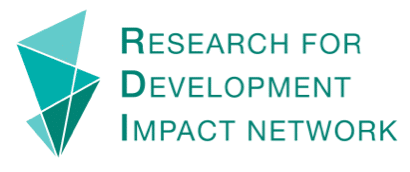Co-designing creates the best opportunity for a community’s needs to be truly represented. Minority groups are given a platform to voice their concerns. Previously, they would have had minimal access to decision making processes. It creates solidarity. It allows people to get involved in the changes they want and actually need.
The process is just as important as the outcome
Co-designing is a journey. All participants can exchange their training and skills amongst each other. It reinforces a sense of togetherness and moves away from the hierarchical power dynamics that exist. These interactions become the crucial factor in creating a safe space for storytelling to take place and for everyone to feel comfortable.
Needs to start from the beginning
Local insights are needed from the very start. Cultural context will become embedded from the beginning. This is what is going to shape and fuel the entirety of the project. It will shape the research questions, frameworks and tools selected. Partners can connect from the beginning, working together to achieve a shared goal.
Visual Participation
Storytelling is a key component of many cultures. Using photos of film in the co-designing process creates opportunities for individual narratives to be shared. We can also use this as a capacity building opportunity for the storyteller to create their own digital format of their story. This becomes an enabler and an empowering tool.
Collaborative Partnerships
Creating a shared vision is going to strengthen the outcomes. Partnerships need to be collaborative filled with continuous reflection to make sure they are still in solidarity. Working in these partnerships allows each member to contribute to the work with their capacities. It is also important that development professionals working outside their own community context are aware of how to effectively reduce power imbalances and create equity in the partnership.
Increased Community Autonomy
Co-designing increases participation levels. Residents take more initiative in the project. Dialogue increases around their needs and wants. They are the ones who understand exactly what they need to improve their way of living. This increases collective autonomy and commitment levels.
Redefines success
Local communities can provide their insight into what is realistically achievable. It shifts the ideal of success and allows it to be redefined to their needs. Success can be identified to what the community wants it to be. It means that development work will come back to being people-orientated.
Easier exit
Collaborative partnerships from the design phase minimises the risk of aid dependency. Participation levels will be higher from the onset. Continuous capacity building and training can be completed throughout the project. This means that when if/when foreign aid and development workers leave, it is a simple transition, and locally-led development can be sustained.
Links:
- The potential contribution of the co-production of research to urban transformation (10 min watch, video)
- Participatory Visual Methods: a Case Study (2 min read, case study)
- ActionAid Six Step Methodology Case Study (5 min read, case study)
- Partnering for Impact on Sustainable Development (5 hour read, PDF report)
Photo by Daniel Thomas on Unsplash



